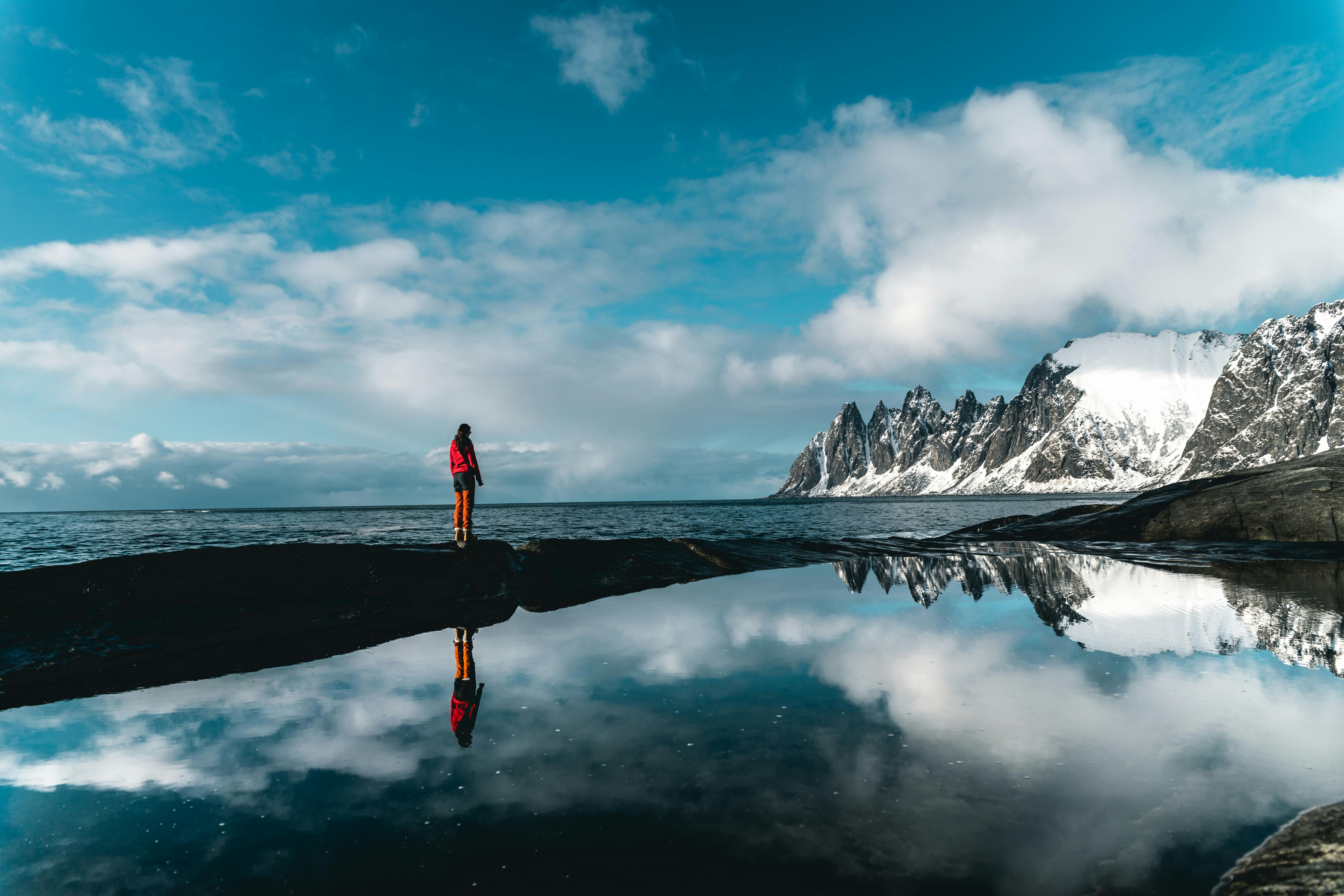
Visiting Taipei – Tips for tourists
Taipei is the capital city of the Republic of China, also known as Taiwan. It is within the Central Mountains and between the northern parts of the island. It has a total population of around 2.6 million and encompasses the fourth largest government area in Taiwan, after Kaohsiung, Taichung and New Taipei. As the largest urban area in Taipei, it comprises the main city of Taipei along with Keeling and represents the major metropolitan group with almost 7 million people. Taipei stands as the island’s center for cultural, financial, and government activities.
In 1884, the ruler of the Qing dynasty, Liu Ming chuan, thought of changing the state capital to Taipei. Soon, with the construction of the administrative office and the arrival of civil servants, Taipei’s days as a boring commercial city were over. When Taiwan gained provincial status in 1885, Taipei became the provincial capital. Since Taipei is located in the north of Taiwan (the area bordering Japan), the city continued to thrive until 1895, when Taiwan was handed over to Japan. Through the Japanese phase of stately rule, some well-known buildings were built. The National Taiwan University and the Presidential Palace are among the legendary buildings of the place. However, the city’s architectural planning came under attack by the KMT government that arrived from mainland China in 1945.
Taipei has a semi-tropical atmosphere, which is sticky and hot. The calmest time to come here is the autumn season, when the maximum temperatures are normally around 20°C and after the rainy season is almost over. The summer season can be extremely hot and the months of February to April are especially humid with little sunlight. From the months of May to October, Taipei is likely to face typhoons, with the most attention being in the months of August and September. The winter months can be moderately cold, with temperatures often dropping below 10°C at night; however, snowfall is not a known phenomenon here.
Taipei’s intercontinental airport is Taiwan Tao Yuan International Airport. It received a new name in September 2006, although the previous title Chiang Kai Shek International Airport (often known as CKS), is still in use. There are several airlines to Tao Yuan International Airport; the best is Air Asia (the low cost flight). The airport is about 30 km from the city and there are motorway buses for the route. These buses conveniently pick up and drop off travelers at their destinations, including the most luxurious hotels. In addition, it also stops at Taipei Main Stations along with Song Shan Airport (the local airport), which is located in the central city of Taipei. There are extensive transportation services available between the airport and nearby areas of the city and Taichung in central Taiwan. Travelers to another destination must modify transportation in Taipei.
Mainly, there are four transportation options available at the airport: high-speed train, bus, taxi, and default sedan. One MRT line is still under construction and will not be complete until June 2013. All forms of transportation options are available to the following popular destinations:
The Chiang Kai-shek Memorial Hall is the representation of Taipei and the Republic of China. It is in this place that the flag is hoisted every morning. In addition, there is a large courtyard in front of the monument, which functions both as a stage for raising voices to criticize the government and for celebrations and events at the national level. The monument consists of a bronze statue of Chiang Kai-shek, guarded by two stable honor security guards, changed every hour in a rifle-turning ceremony.
The Sun Yat-sen Memorial Hall was built in memory of the founding father of the Republic of Chin, Dr. Sun Yat-sen. The structure of the monument begins in 1965 in competition with the 100th anniversary of the birth of Sun Yat-sen.
The National Palace Museum features the world’s best collection of Chinese antiquities and chronological artifacts. This museum is in Shilin. The adjacent MRT station is in Shilin, with numerous buses from Shilin arriving at the National Palace Museum.